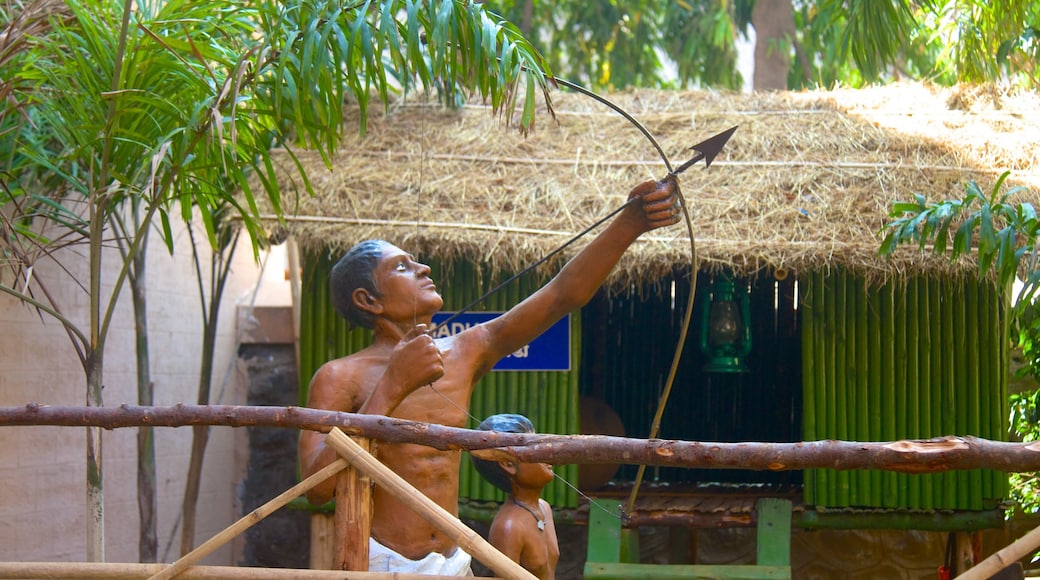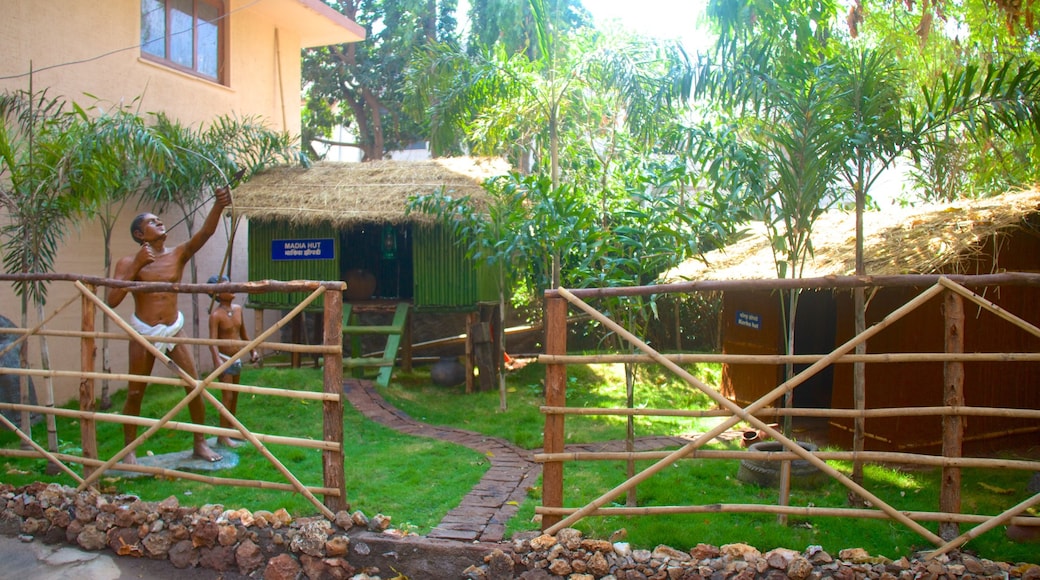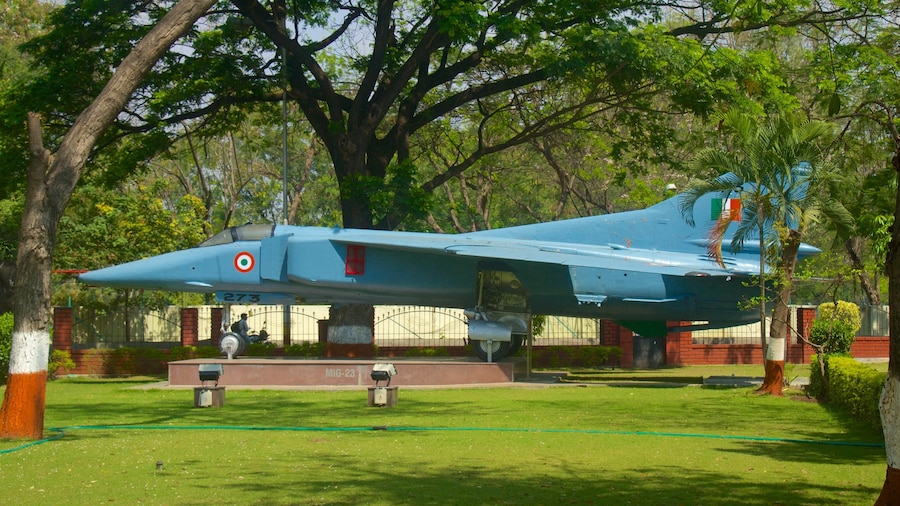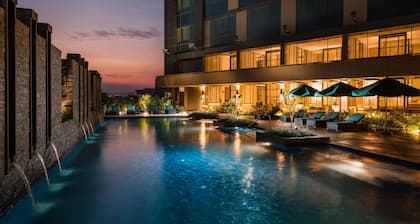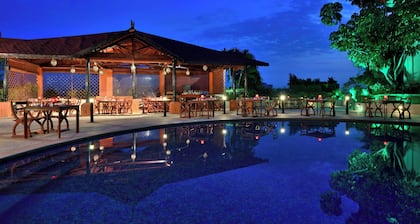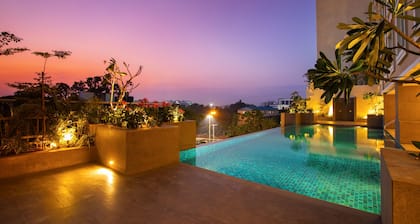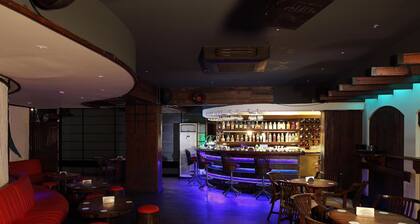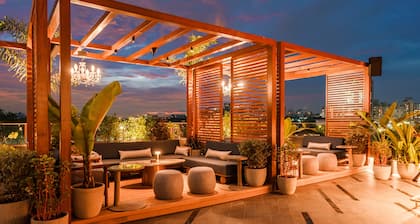The cultures, languages and artworks of indigenous groups from the state of Maharashtra are represented in the Tribal Museum. Photos and artifacts illustrate the distinctions of each tribe, from food customs to spiritual beliefs. Masks and instruments are among the highlights in this intriguing museum. Visit the complex to learn about the state’s multifaceted past and present, featuring almost 50 distinct peoples.
The museum was founded in 1962 with the philosophy of preserving the art and culture of the local peoples. Make your way around the exhibits to find out about the aboriginal groups from the Maharashtra region. Peruse fascinating items, such as musical instruments, jewelry and tools. Admire the papier-mâché festival masks that are set against a white wall to emphasize the exhibit’s bright colors.
See idols of deities, hunting tools, cosmetic apparatuses and works of art. The informative plaques beside the objects on display are translated into English. Learn about the groups’ spiritual beliefs and see the items that were used in spiritual rituals.
Browse historic photographs that show the various indigenous groups many years ago. Most of the pictures and objects in the museum relate to tribes from the Sahyadri and Gondhavana parts of the state. These include the Korku, Katkari and Kolam peoples. Peruse the books in the library for a better understanding of each tribe.
The site opens daily from morning until late afternoon, apart from Sundays when it is closed. There is an admission fee for the museum.
You can find the Tribal Museum in the shopping district in the center of Pune. It is located just south of the Yerawada Bridge, which crosses the Mula River. Walk or take a short rickshaw ride to the museum from Pune Railway Station. Shaniwar Wada, Saras Baug and many other landmarks are within close walking distance of the museum.
